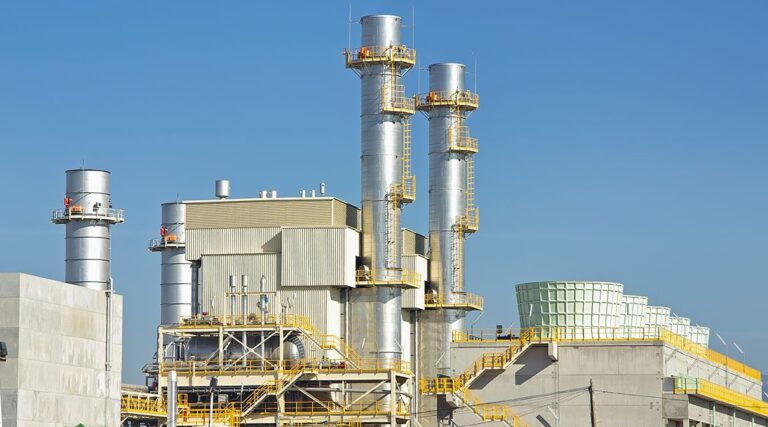
Tunisia’s trade deficit has widened sharply, climbing to $3.4 billion in the first half of 2025 — a 24% increase compared to the same period last year, according to data released by the National Institute of Statistics (INS).
The alarming surge in the deficit is largely attributed to a significant rise in imports, which totaled $14.36 billion (around €13.3 billion) over the six-month period.
Much of this increase stemmed from the energy sector, where purchases of hydrocarbons and related products rose by 13%.
This trend has been intensified by fluctuating global energy prices and Tunisia’s chronic reliance on imported fuels.
Meanwhile, Tunisian exports have remained virtually flat, showing little sign of recovery.
While some industrial and agricultural sectors have begun to stabilize, overall export performance continues to struggle.
Analysts point to a combination of high logistical costs, ongoing political uncertainty, and the country’s limited access to new international markets as key obstacles hindering export growth.
The persistent imbalance between imports and exports poses a serious challenge for Tunisia’s already fragile economy.
The country continues to grapple with tepid economic growth, mounting debt obligations, and protracted negotiations with international financial institutions — notably the International Monetary Fund.
“The trade imbalance reflects deeper structural weaknesses that Tunisia needs to address urgently,” said an economist close to the matter. “Without a robust export strategy and energy diversification, this trend is likely to worsen.”
As the second half of 2025 unfolds, economic policymakers in Tunis face mounting pressure to implement reforms aimed at boosting export competitiveness, controlling import dependency, and stabilizing external accounts.



